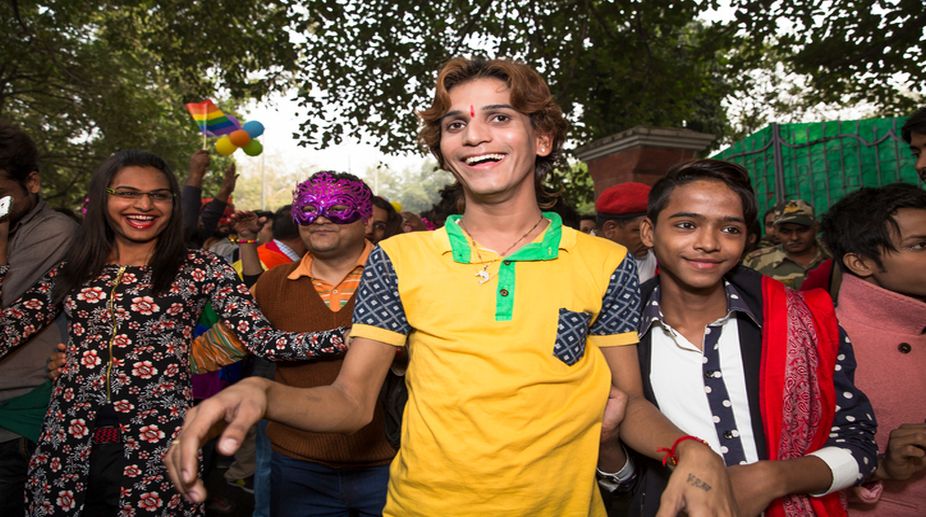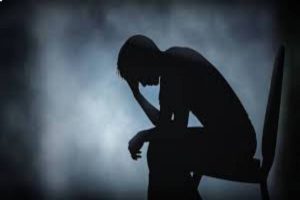A recent book looks at the suffering of Kashmir’s transgender community by studying the lives of 24 “hijras”, with the author contending that very few people are interested in knowing about them, resulting in the sordid conditions in which they live.
The insightful “Hijras of Kashmir: A Marginalised Form of Personhood,” (Jay Kay Books/ Rs 1,295/ Pages: 288) has been written by Aijaz Ahmad Bund, who has a doctorate from the University of Kashmir.
Advertisement
“Our society is treating transgenders as transparent glass, denying them their existence, personhood, and agency. Systematically, we have marginalised and violated them in the most intimate way and we, as conscious beings, are accountable for their miserable state,” Bund told IANS.
In this first-of-its ethnographic study, the author accepted that he once had a black and white view of this community.
“My education transformed me and questioned my conscience for not being the voice of the voiceless. This endeavour is the product of the sensitivity towards the women and gender issues — sensitivity which didn’t develop in a vacuum,” he explained.
Hijras, known in local parlance as “laanch”, comprise the sexual minority that falls in between the binary of male-female. They are born males, but as they grow up they acquire the physical as well as psychological tints of females, which give the impression of a female trapped in a male body.
A conservative society further alienates their condition — the author notes that the transgender community forms a minuscule minority in the state and lives a life of discrimination, marginalisation and violence.
“The problems in availing livelihood opportunities due to various socio-cultural frailties and harassment at the workplace are forcing them to live a sub-standard life,” the author notes.
For Bund, the community is not as homogeneous as it appears despite its distinct language — called “laancheh farsi” — customs and lifestyle.
In the book, he discusses at length how the community at large has persistently subjected them to various “institutional injustices”.
“They are considered abnormal and eventually become outsiders. Thus, access to social, economic, cultural, legal and political services is extremely restricted for anyone with this identity in Kashmir. Society assumes that they are only meant for matchmaking or singing and dancing. Due to bullying and a hostile environment, they are forced to leave their studies, which make them ineligible for white-collar jobs,” Bund writes.
What of the future? The author advocates an integrated approach on the institutional as well as political levels to overcome the discrimination and disrespect transgenders face.
The issues being complex as they are, the author believes that sensitising people in this community is very important.
He also narrates how Hijras enjoyed many privileges during the Mughal period as they were found in the courts performing their traditional role of guarding the women of the harem and the children. Moreover, being persons of trust, they were able to influence state decisions and received large amounts of money the closer they were to the kings and queens.
“The situation of Hijras started deteriorating when British colonial rulers came with their ideologies of sex-gender binaried bodies and hetero-normative sexuality perspectives. The Hijra’s body was problematic because of its ambiguity and its difference with the abled procreative-heterosexual body,” he explains.
“The British gradually brought various laws against Hijras… due to which the community was deprived of the privileges provided by the Mughals. Hijras were classified under the list of criminal caste-tribes during colonial rule. They were criminalised under the Criminal Tribes Act, 1871, which deemed the entire community of Hijras as innately ‘criminal’ and ‘addicted to the systematic commission of non-bailable offences’,” he adds.
The author also points out that there is little salvation for the hijras even after their death as, very often, the body of a transgender is not allowed a normal burial. The critical multiple societal and religious beliefs act as a barrier to conducting the normal funeral of a transgender.
“We are trying our best. Even if we are able to effect a small change — that matters,” Bund concludes.











